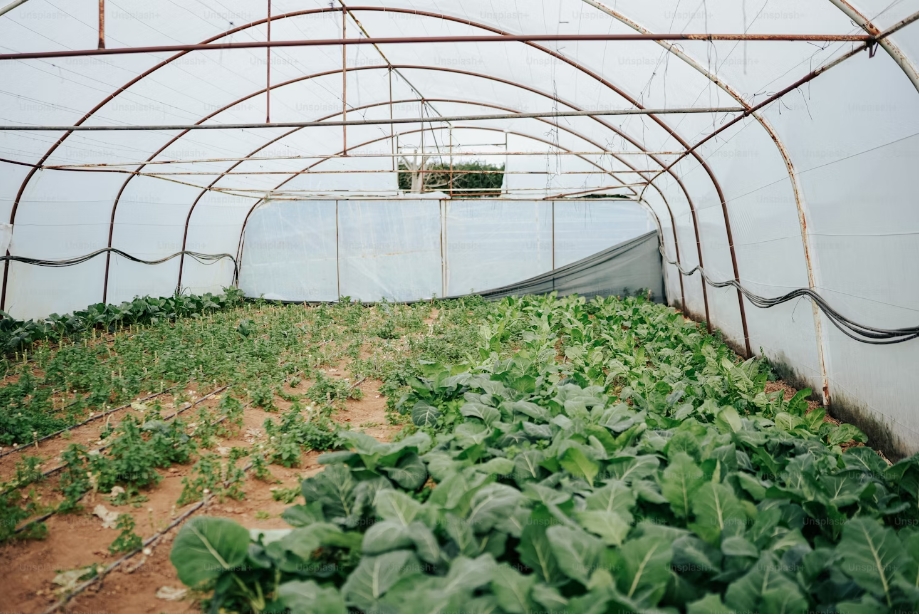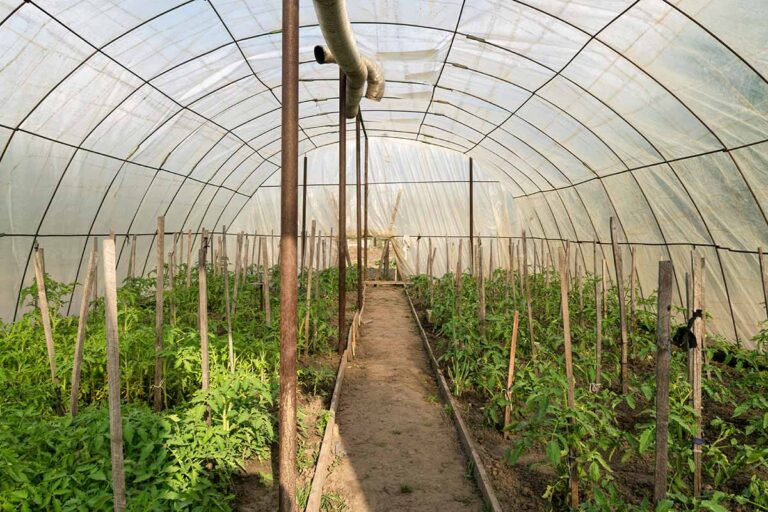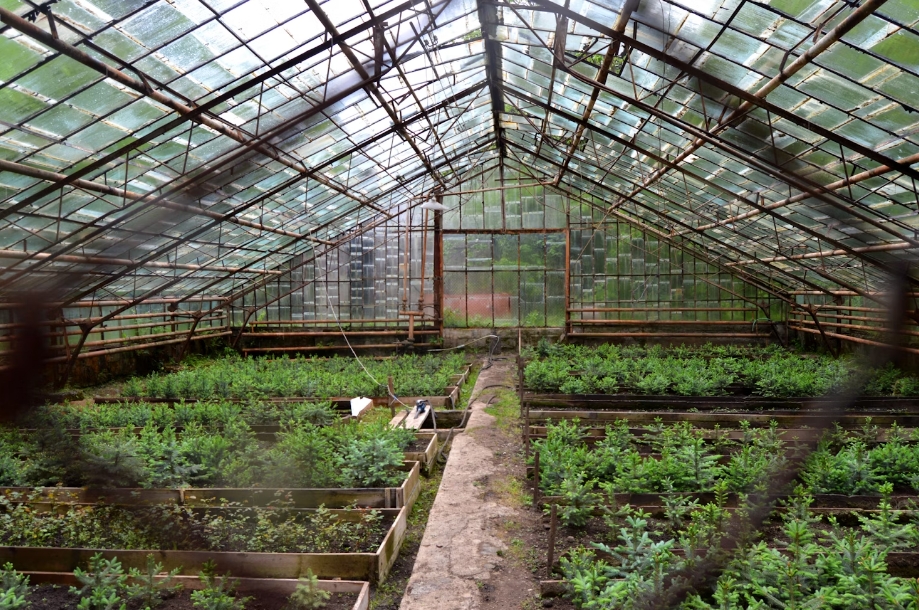Designing a greenhouse isn’t just about building a structure—it’s about creating a controlled, high-efficiency growing environment tailored to your crops, climate, and commercial goals. A well-planned design can improve productivity, reduce energy costs, and adapt to evolving technology. Whether you're starting a commercial farm or scaling up production, understanding the key components of modern greenhouse design is critical to long-term success.

Before choosing materials or layout, it’s essential to clarify:
Crop type: Leafy greens, tomatoes, strawberries, or cut flowers?
Production scale: Small pilot, mid-scale commercial, or industrial farm?
Growing method: Soil-based, hydroponics, NFT, or vertical farming?
Target market: Local markets, export, or year-round contracts?
Clear objectives shape every decision in the design process, from structural type to climate control.
Where you build matters just as much as what you build. Key site considerations include:
Sunlight availability: Aim for full sun year-round; southern exposure preferred.
Topography and drainage: Level ground with proper water runoff.
Wind exposure: Use natural barriers or windbreaks when needed.
Accessibility: Roads, utilities, and proximity to suppliers/distributors.
Proper site orientation reduces heating needs and maximizes natural light, lowering operating costs.
Different structures serve different needs. Here are common types for commercial use:
Multi-span Greenhouses
Ideal for large-scale operations. Economical in material use, with high volume-to-surface ratio.
Best for: Large commercial farms.
Gothic Arch Greenhouses
Strong against snow/wind loads. Excellent light distribution.
Best for: Harsh climates and ornamental crops.
Venlo Greenhouses (Glass)
Preferred in Europe for high light transmission and long lifespan.
Best for: High-tech growing and export crops.
Custom Modular Designs
Expandable and scalable. Easily adapted for future upgrades.
Best for: Agribusinesses seeking future-proof growth.

The frame and cladding determine durability, insulation, and cost:
Frame Materials:
Galvanized steel – Strong, long-lasting, corrosion-resistant.
Aluminum – Lightweight, less structural load, more costly.
Covering Options:
Glass – High light transmission, long lifespan, costly, fragile.
Polycarbonate panels – Insulated, durable, UV-resistant.
PE film (polyethylene) – Cost-effective, flexible, requires replacement every 3–5 years.
Pro tip: Combine polycarbonate walls with PE film roofing to balance insulation and cost.
Climate control turns a greenhouse into a smart production facility. Components include:
Ventilation: Natural (roof vents) or forced (fans and louvres)
Heating: Gas/boiler systems, thermal curtains, geothermal
Cooling: Evaporative pads, fogging, shading systems
Humidity Control: Dehumidifiers, misting systems
Lighting: Supplemental LED lighting for low-sunlight zones
Proper system design considers your local climate and crop sensitivity. Automation adds precision and labor efficiency.
Efficient irrigation is a must for consistent crop quality. Common systems:
Drip irrigation – Precision watering at root zones
Hydroponic recirculation – Water-efficient, nutrient-rich systems
Rainwater harvesting – Sustainable and cost-saving
Don’t forget to plan water storage, filtration, and fertigation units.

Modern greenhouse design embraces tech. Benefits include:
Environmental sensors – Temperature, humidity, CO₂ monitoring
Automated controls – Linked to ventilation, irrigation, and climate systems
AI pest detection – Early alerts reduce losses
Remote monitoring dashboards – Manage your greenhouse from anywhere
Automation reduces human error and increases yield predictability.
Before building, check:
Local building codes
Zoning and land use permits
Utility access and expansion capacity
Financial considerations:
Return on investment (ROI) projections
Energy subsidies or sustainability grants
Maintenance and lifecycle costs
A well-designed commercial greenhouse can pay for itself within 3–7 years depending on scale, crop value, and energy efficiency.
A greenhouse is more than a structure—it’s an ecosystem. From initial concept to operational excellence, design decisions should always align with your business goals, climate realities, and expansion potential.
Work with experienced greenhouse builders, request 3D renderings, and invest in design consultations that look beyond the short term. With the right design, your greenhouse can be the backbone of a resilient and scalable agribusiness.
We specialize in large-scale greenhouse design tailored to your crop and climate. Contact us for a free consultation or design quote.

Copyright ©Kunyu Greenhouse Co., Ltd. All Rights Reserved | Sitemap